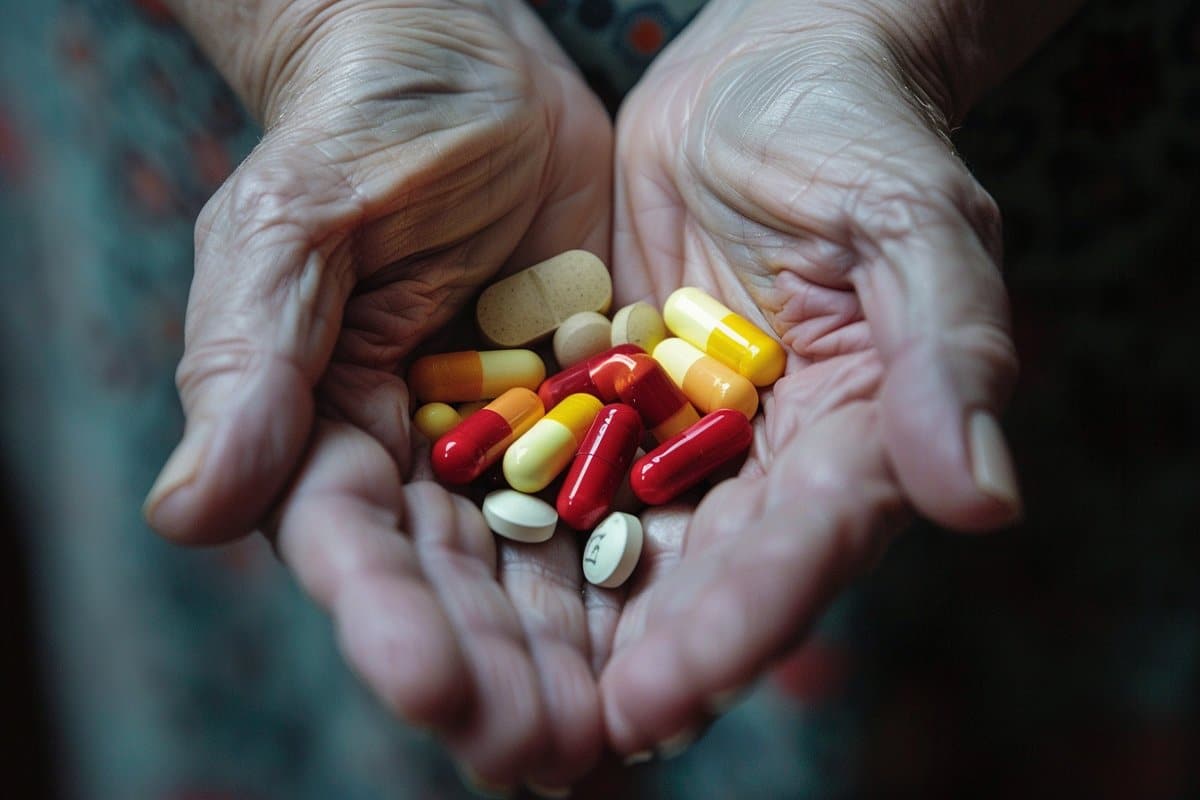With an objective damage diagnosis and EXACT REHAB PROTOCOLS THAT GET YOU TO 100% RECOVERY informed consent is a no-brainer, so solve this problem the correct way;
Objective damage diagnosis
Exact 100% recovery protocols
Informed consent requires clear communication in acute ischemic stroke
Key takeaways:
- Researchers conducted a literature review for informed consent with acute ischemic stroke.
- Decisions should balance a patient’s wishes, decision of a surrogate and physicians’ knowledge of treatment options.
DENVER — In acute ischemic stroke requiring thrombolysis, informed consent requires communication and balance between the wishes of the patient, surrogates and physicians, according to a literature review.
“Any physician that is treating acute stroke patients at the bedside knows that there are perfect candidates for thrombolysis and less ideal candidates,” Alexis N. Kaiser, MD, resident appointee in the department of neurology at Indiana University School of Medicine, told Healio in a poster presentation at the American Academy of Neurology annual meeting.

“We are put under time pressure to make these determinations very quickly.”
The American Academy of Neurology’s 2022 position statement on consent in case of acute stroke stipulated that verbal consent of patients “should be obtained and documented in the medical record by the treating physician.”
Kaiser and colleagues sought to review existing literature that related to ethical issues of informed consent in this patient population. Prior research shows a division among health care providers on the necessity of consent prior to thrombolysis, with 38% disagreeing that consent is necessary, while 33% of neurology trainees and 215 of neuro-related staff reported rigorous pursuit of informed consent prior to the procedure.
Their review encompassed 15 academic works that addressed the nature of consent when thrombolysis may be necessary with acute ischemic stroke, yielding three separate modes of thought:
- Emergency consent, where the decision is made by a physician team when either the patient or surrogate is unable to participate;
- Shared decision-making, which embraces a collaborative approach that matches best with the treatment plan as well as the patient’s wishes;
- Informed consent, meaning the decision is made by the patient after receiving the best available evidence for intervention by the treating physician.
Additionally, Kaiser and colleagues’ review revealed perspectives from patients, surrogates and physicians, with opinions ranging from the patient’s view that acute stroke treatment is akin to more intensive responses like cardiopulmonary resuscitation and some patients might prefer death to disability; surrogates face uncertainty and a lack of preparation to make such a decision and advanced care documents lack nuance to properly guide their course of action; and care teams proceed with the mantra “time is brain” while attempting to balance mental and physical capacity assessments and legal ramifications.
The review further elucidated issues of framing discussions of care based on benefit/risk analyses, the lack of a standardized approach to treatment plans as well as perceptions of disability that differ between patient and physician.
“There is some discord in the field on ‘should we frame something positively or negatively, is that unethical?’” Kaiser noted. “It is our responsibility to give our best medical recommendation ... as long as the patient is able to ask questions.”
Reference:
Sattin JA, et al. Neurology. 2022:doi: 10.1212/WNL.000000000013040. Published Jan. 10, 2022. Accessed April 16, 2024.
Collapse
Kaiser AN, et al. Defining informed consent in acute ischemic stroke: Patient, surrogate decision maker and physician perspectives. Presented at: American Academy of Neurology annual meeting; April 13-18, 2024; Denver.
